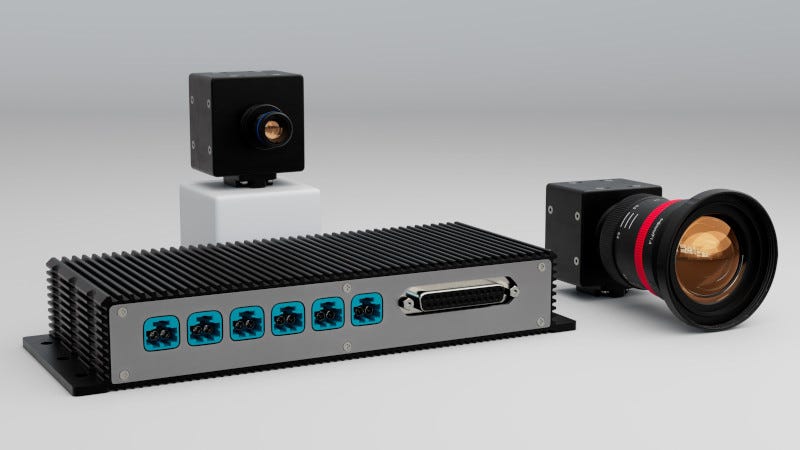Space-ng Introduces Hardware, Software Development Kits
Launch of the Sol3 Vision System Planned for Third Quarter 2025
Space-ng has introduced a low-cost, rugged Hardware Development Kit (HDK) and a free Software Development Kit (SDK) for its space-qualified Sol3 Vision System, marking a significant step for computer vision applications in space.
“By ordering the HDK and using the SDK, you can jumpstart development.”
Steve Bailey, Space-ng
The HDK, designed for rapid prototyping and engineering in earth-based labs, replicates the performance of flight hardware while lowering barriers to entry for universities, startups, and aerospace firms alike.
“By ordering the HDK and using the SDK, you can jumpstart development, explore the power of the Sol3 architecture, and move confidently into system-level integration and testing,” said Steve Bailey, Space-ng Co-Founder and Chief Engineer.
The Sol3 system integrates a powerful low SWAP computer Base Unit supporting up to 12 high-resolution cameras, enabling autonomous spacecraft functions such as lunar landing, optical navigation, and proximity operations. Space-ng’s SDK is accessible for non-commercial, academic research, offering users the same advanced software environment employed internally for lunar navigation and landing missions.
Space-ng recently demonstrated its solutions, including the Hardware and Software Development Kits, at the 39th Annual Small Satellite Conference in Salt Lake City, Utah. The company also supplies computer vision software used by Firefly Aerospace for its Blue Ghost Mission 1 lunar landing, which successfully completed in early 2025.
The HDK Base Unit starts at $5,000, with camera modules priced from $1,000, including necessary power supplies and harnesses. Reservations are open with first shipments expected in September 2025. The SDK and related documentation are available online under an evaluation license.
Space-ng’s approach aims to streamline development cycles by delivering flight-like hardware early in the process, reducing time and cost associated with hardware integration and testing, thus accelerating innovation in autonomous space systems.






